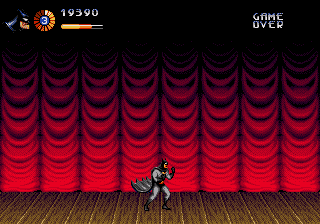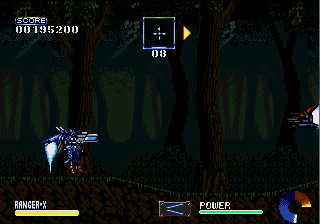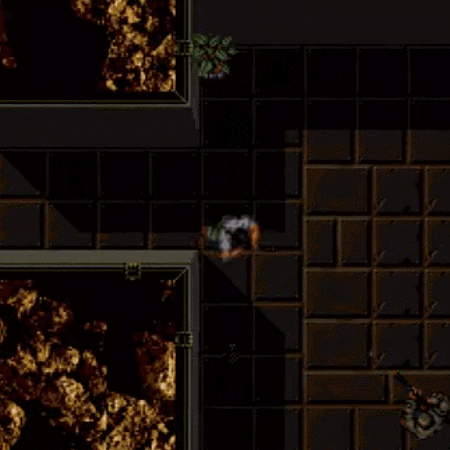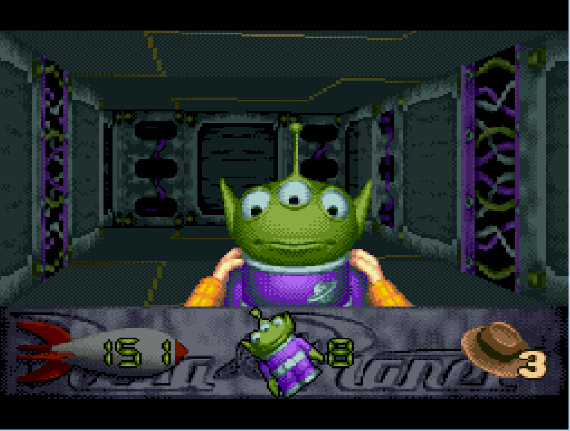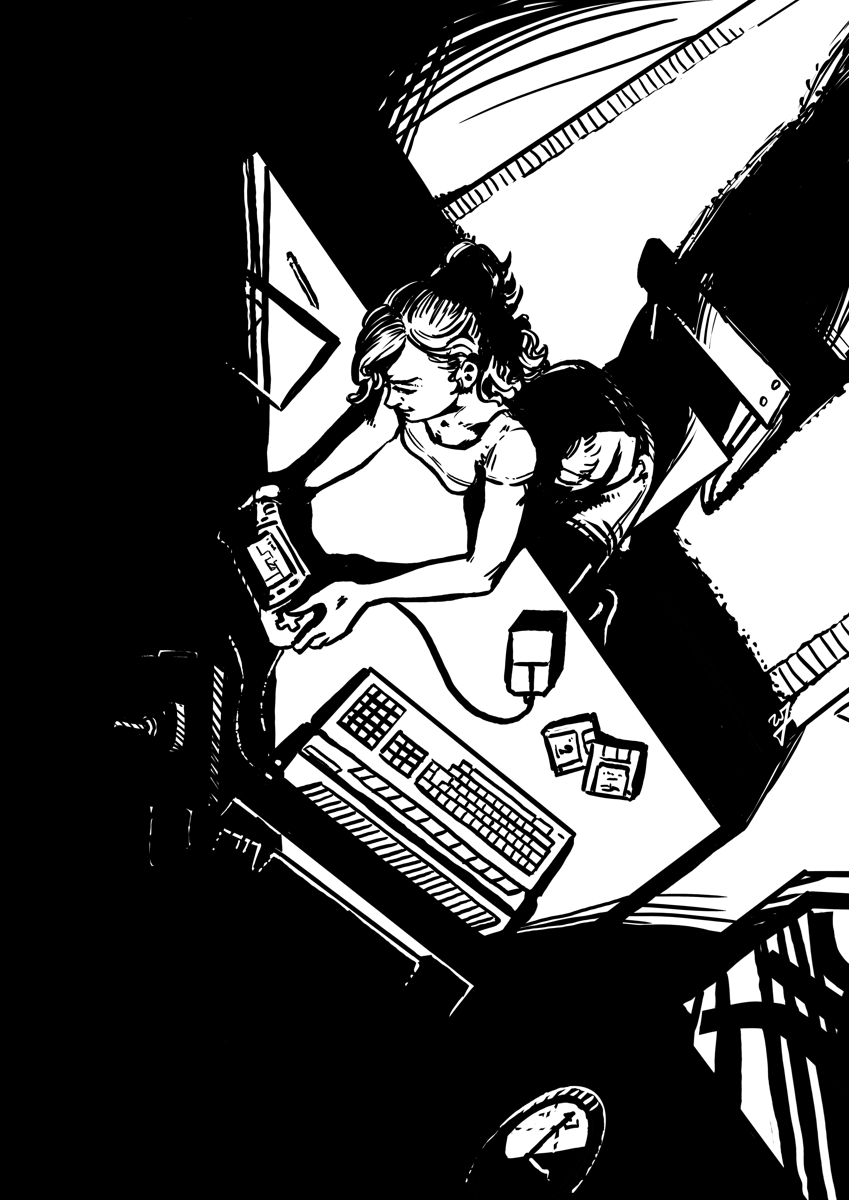Afro Republican
Banned
April 3rd is when Atari broke their own announced time frame and released shipments of the Lynx in the US to take fire of the Game Boy after analysts saw the trends of how fast the console was selling and wanted to show a better alternative to slow down sales. However this was limited to some states in the US only and worldwide and naationwide production wouldn't be ready for another few months.
The Atari Lynx was the most powerful portable until the GameBoy Advance came out 12 years later, and could do some thing even a console like the SNES couldn't do. It did really well in Europe and was sold along with even the computer lines, and did pretty good in the US, there was a little known niche in Japan as wel. Of course Atari never released sales numbers coming from the gaming espionage age where people would crack information, buyout engineers, and other stuff. So we will never actually know how many it actually sold, but Atari reported a profit in old business wire press releases for the Lynx every single time the console was included and it was a financial success. To bad Atari put all thier bets on one last home consoles instead of sequel to its portable line-up which was cancelled. Lynx was also capable of polygon games in limited fashion, which was impressive back then, but now those games are "mostly" near unplayable. Though some hybrid games like Stun Runner that uses sprites a flat polygon here works, but generally polygon on a 1989 portable game system hasn't aged well.
Some of The Lynx Games in Action:
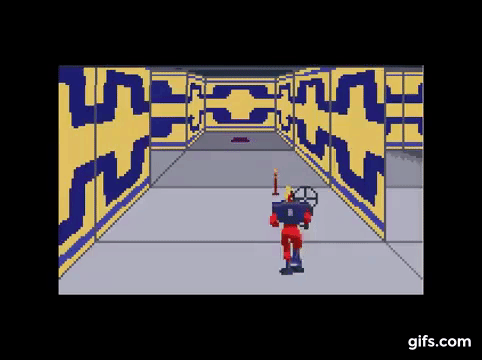

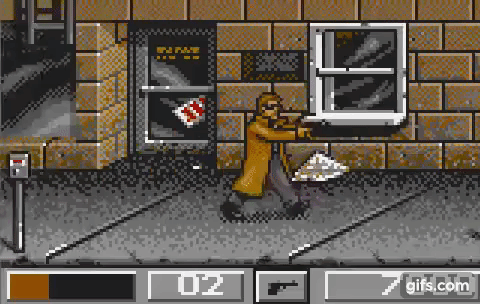

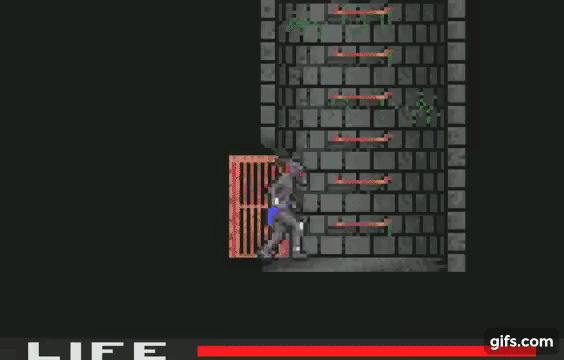
The Lynx was a amazing machine with a great library of games and should definitely be added to your collection, especially since it's the only old skool portable that has actually aged well. Lynx 2 is recommended for the nicer hold and slightly better screen.
Darn shame that the cancelled successor was never made, was expected to be a good deal more powerful and cleaner, with the ability to run polygons at a decent speed (unlike Lynx Steel Talons which runs like a slide-show) and you could plug it into the TV. But yeah with 3DO there, and the fact the computers were already in 3D land I can see why they decided to drop a console hybrid when the successor was originally going to launch when the Lynx did. It would be horribly outclassed.
But maybe it could have worked, the SNES and Genesis (mostly the former) managed to stay a float until 95 and there were some decent 2D games on PSX/SAt for another year or so before they went full on 3D.
Anyway crazy how it took 12 years before the Lynx was surpassed.
The Atari Lynx was the most powerful portable until the GameBoy Advance came out 12 years later, and could do some thing even a console like the SNES couldn't do. It did really well in Europe and was sold along with even the computer lines, and did pretty good in the US, there was a little known niche in Japan as wel. Of course Atari never released sales numbers coming from the gaming espionage age where people would crack information, buyout engineers, and other stuff. So we will never actually know how many it actually sold, but Atari reported a profit in old business wire press releases for the Lynx every single time the console was included and it was a financial success. To bad Atari put all thier bets on one last home consoles instead of sequel to its portable line-up which was cancelled. Lynx was also capable of polygon games in limited fashion, which was impressive back then, but now those games are "mostly" near unplayable. Though some hybrid games like Stun Runner that uses sprites a flat polygon here works, but generally polygon on a 1989 portable game system hasn't aged well.
Some of The Lynx Games in Action:





The Lynx was a amazing machine with a great library of games and should definitely be added to your collection, especially since it's the only old skool portable that has actually aged well. Lynx 2 is recommended for the nicer hold and slightly better screen.
Darn shame that the cancelled successor was never made, was expected to be a good deal more powerful and cleaner, with the ability to run polygons at a decent speed (unlike Lynx Steel Talons which runs like a slide-show) and you could plug it into the TV. But yeah with 3DO there, and the fact the computers were already in 3D land I can see why they decided to drop a console hybrid when the successor was originally going to launch when the Lynx did. It would be horribly outclassed.
But maybe it could have worked, the SNES and Genesis (mostly the former) managed to stay a float until 95 and there were some decent 2D games on PSX/SAt for another year or so before they went full on 3D.
Anyway crazy how it took 12 years before the Lynx was surpassed.


